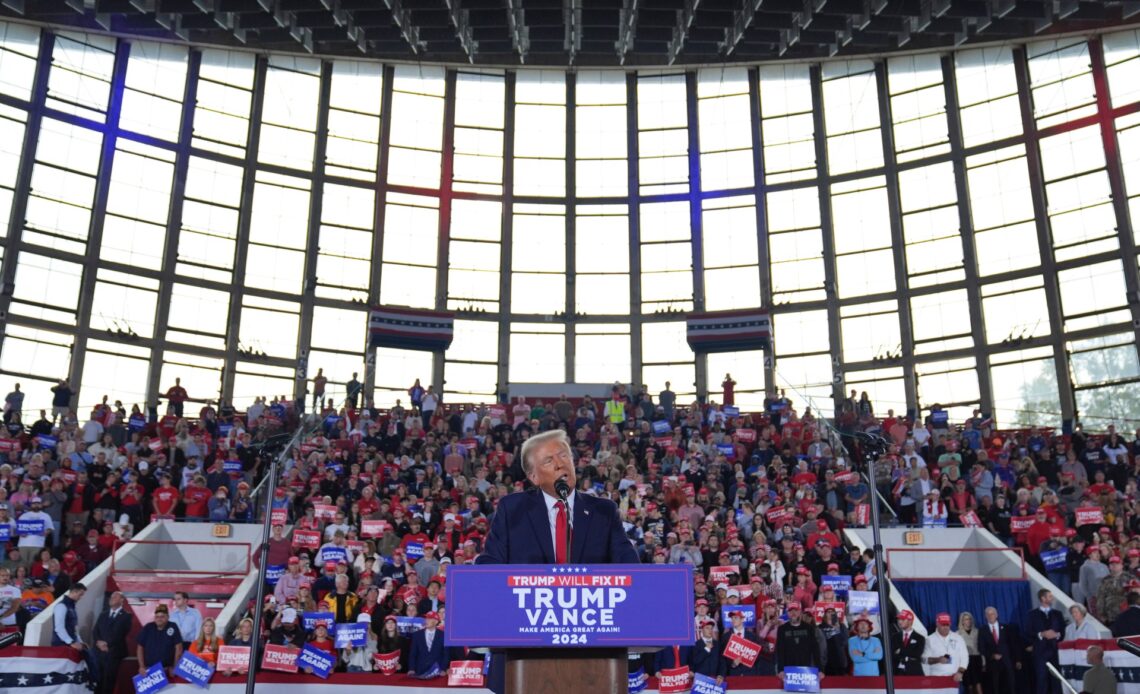A presidential election unlike any other in US history is entering its last full day with Donald Trump, Kamala Harris and their campaigns scrambling to get supporters to the polls.
The electorate is divided down the middle, both nationally and in the seven battleground states expected to decide the winner on Tuesday.
Trump, a 78-year-old Republican, survived two assassination attempts, just weeks after a jury in New York – the city whose tabloids first elevated him to national fame and notoriety – made him the first former US president to be convicted of a felony.
Harris, 60, was catapulted to the top of the Democratic ticket in July – giving her a chance to become the first woman to become president – after President Joe Biden, 81, had a disastrous debate performance and dropped his re-election bid under pressure from his party.
Polls show Harris and Trump running neck and neck nationally and in the battleground states. More than 78 million voters have already cast ballots, according to Election Lab at the University of Florida.
In the final days of this campaign, both sides are flooding social media sites and TV and radio stations with a last round of campaign ads, and racing to knock on doors and make calls.
Harris’s campaign team believes the sheer size of its voter mobilisation efforts is making a difference and says its volunteers knocked on hundreds of thousands of doors in each of the battleground states this weekend.
“We are feeling very good about where we are right now,” campaign chair Jen O’Malley Dillon told reporters.
The campaign says its internal data shows that undecided voters are breaking in their favour, particularly women in the battleground states, and that they see an increase in early voting among core parts of their coalition, including young voters and voters of colour.
Trump’s campaign has its own in-house canvassing operation, but has effectively outsourced most of the work to outside super PACs (political action committees), which can raise and spend unlimited sums of money.
They have been more focused on contacting “low propensity” voters, or voters who often do not go to the polls, instead of appealing to middle-of-the-road voters who can flip to either side.
Many in this category are Trump supporters, but they are not normally reliable voters. However, Trump has had success in getting them to turn out in the past.
By cherry-picking the voters they want to contact, Trump and his team say they are…

